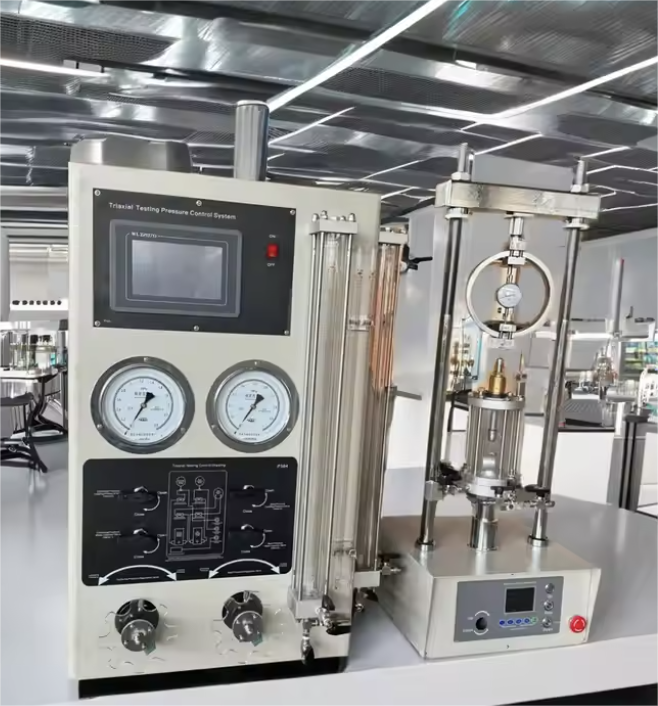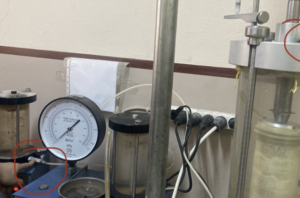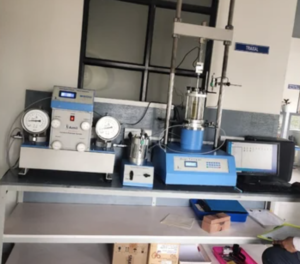What is the Purpose of a Triaxial Test?
A triaxial test is one of the most widely used laboratory methods in geotechnical engineering to evaluate the mechanical behavior of soils and rocks under controlled stress conditions. The test provides crucial data for designing foundations, slopes, tunnels, and other infrastructure. This article explores the purpose of a triaxial test, how it measures soil strength, and its role in ensuring stability and safety in construction projects.
Understanding the Triaxial Test Method
A triaxial test involves placing a cylindrical soil sample in a sealed chamber, applying a confining pressure ((\sigma_3)), and then increasing axial stress ((\sigma_1)) until failure occurs. The test can be conducted under different drainage conditions:
- Unconsolidated Undrained (UU) Test1: Quick test with no drainage, suitable for short-term stability analysis.
- Consolidated Undrained (CU) Test: Allows consolidation before loading but prevents drainage during axial loading, providing effective stress parameters.
- Consolidated Drained (CD) Test2: Permits full drainage, representing long-term soil behavior.
These variations enable engineers to simulate real-world stress conditions and predict soil performance under different loading scenarios.
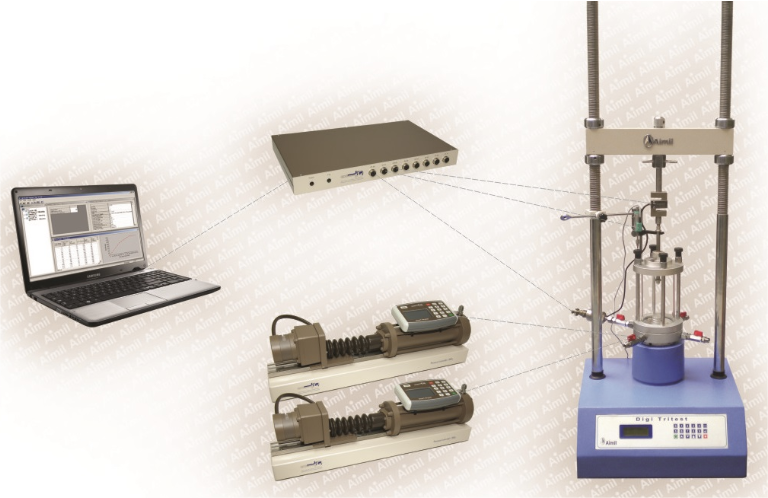
Measuring Soil Strength and Stability
One of the primary purposes of a triaxial test is to determine soil shear strength3, which is essential for foundation and slope stability. The test provides:
-
Cohesion ((c)) and Friction Angle ((\phi)): Derived from the Mohr-Coulomb failure criterion4:
[\tau = c + \sigma \tan\phi]
-
Deviator Stress ((\sigma_d)): The difference between axial and confining stress, indicating the stress level at failure:
[ \sigma_d = \sigma_1 – \sigma_3]
-
Stress-Strain Relationship5: Determines how soil deforms under loading, whether it behaves in a brittle or ductile manner.
Comparison of Soil Strength Parameters from Triaxial Testing
| Soil Type | Cohesion ((c)) (kPa) | Friction Angle ((\phi)) (°) | Failure Mode |
|---|---|---|---|
| Loose Sand | 0 – 5 | 28 – 35 | Dilation |
| Dense Sand | 0 – 10 | 35 – 45 | Brittle |
| Soft Clay | 10 – 40 | 15 – 25 | Plastic Flow |
| Stiff Clay | 40 – 80 | 20 – 30 | Brittle to Ductile |
The ability to quantify soil strength parameters helps engineers design stable structures by predicting how the ground will respond to applied loads.
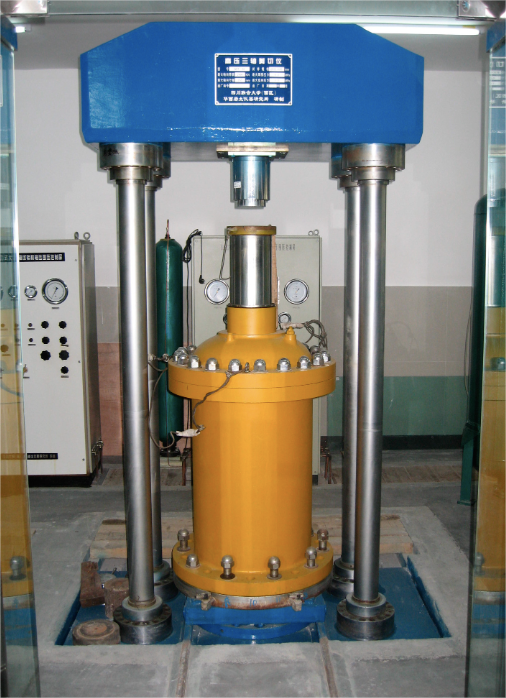
Assessing Soil Behavior Under Different Conditions
Triaxial tests allow geotechnical engineers to examine how soil behaves under various environmental and stress conditions:
- Pore Water Pressure Effects6: CU tests measure excess pore pressure buildup, which can lead to liquefaction in sandy soils during earthquakes.
- Consolidation and Settlement7: CD tests provide data on soil compressibility, helping engineers estimate long-term settlement of foundations.
- Stress Path Analysis8: Determines whether soil will fail in shear or compressive failure modes under different loading sequences.
By simulating different stress paths, engineers can assess the potential risks associated with construction on different soil types.
Effect of Drainage Conditions on Soil Behavior
| Test Type | Drainage Allowed? | Key Strength Parameter Measured | Application |
|---|---|---|---|
| UU (Unconsolidated Undrained) | No | Undrained shear strength ((s_u)) | Short-term stability |
| CU (Consolidated Undrained) | Before loading | Effective stress parameters ((c’), (\phi’)) | Slopes, embankments |
| CD (Consolidated Drained) | Yes | Fully drained strength | Long-term stability |
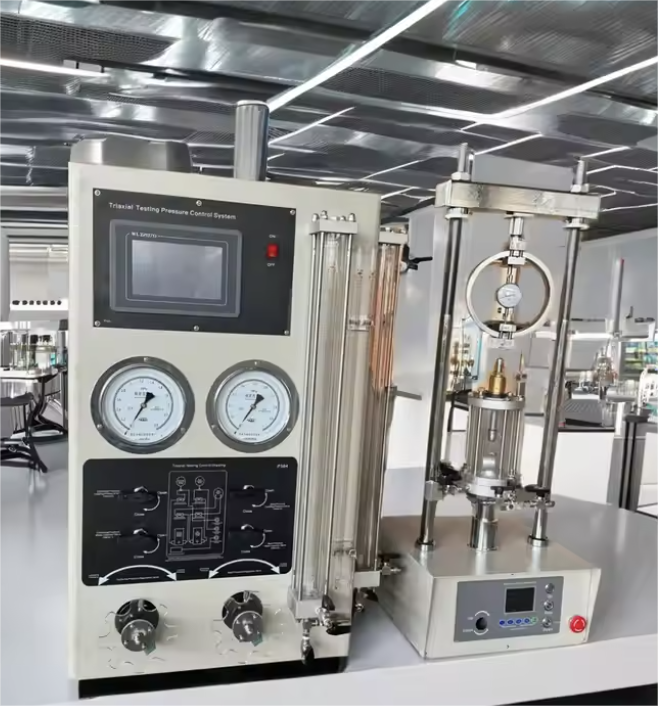
Supporting Infrastructure and Safety
The data obtained from triaxial testing plays a critical role in designing safe and efficient infrastructure:
- Foundation Design: Ensures that foundations can support loads without excessive settlement or failure.
- Slope Stability Analysis: Determines whether slopes and embankments will remain stable under different loading and weather conditions.
- Tunneling and Underground Construction: Helps engineers evaluate how soil will behave under excavation stresses.
- Earthquake and Liquefaction Assessment: Provides insights into soil response under seismic loading, particularly in sandy and loose soils.
Triaxial testing ensures that infrastructure is designed with accurate geotechnical parameters, reducing the risk of failures and costly repairs.
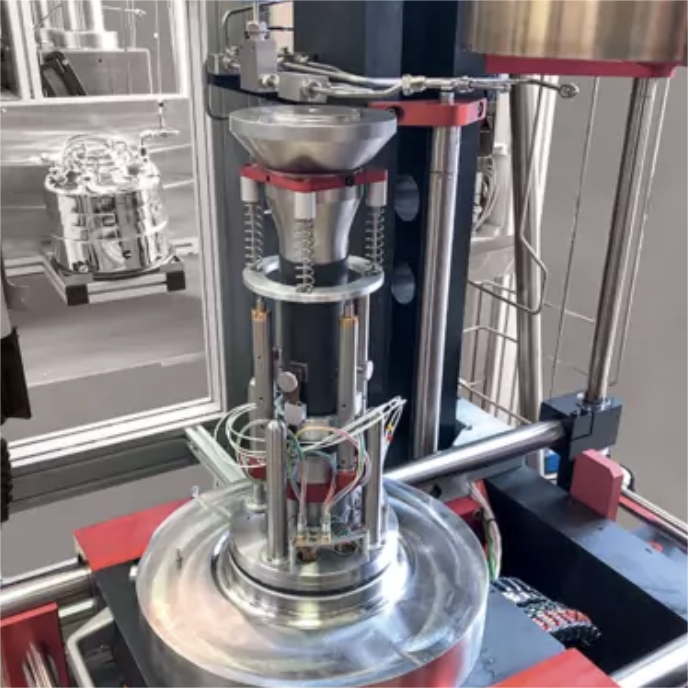
Conclusion
The triaxial test is a fundamental geotechnical testing method that helps engineers understand soil strength, stability, and behavior under various conditions. By measuring key parameters such as cohesion, friction angle, and stress-strain relationships, the test provides essential data for designing safe foundations, slopes, and tunnels. Whether for short-term stability analysis or long-term settlement predictions, triaxial testing remains a cornerstone of modern geotechnical engineering.
-
Explore the UU Test to learn about its quick assessment of soil stability, vital for short-term construction decisions. ↩
-
The CD Test is key for understanding long-term soil behavior, essential for sustainable engineering practices. ↩
-
Understanding soil shear strength is crucial for ensuring the stability of structures and preventing failures in construction projects. ↩
-
Exploring the Mohr-Coulomb failure criterion will enhance your knowledge of soil behavior under stress, vital for engineering applications. ↩
-
Learning about the stress-strain relationship helps in predicting soil behavior under loads, essential for safe and effective design. ↩
-
Understanding pore water pressure effects is crucial for predicting soil behavior during seismic events, ensuring safer construction practices. ↩
-
Exploring consolidation and settlement helps engineers design foundations that can withstand long-term soil changes, enhancing structural integrity. ↩
-
Learning about stress path analysis can provide insights into soil failure mechanisms, aiding in risk assessment for construction projects. ↩

